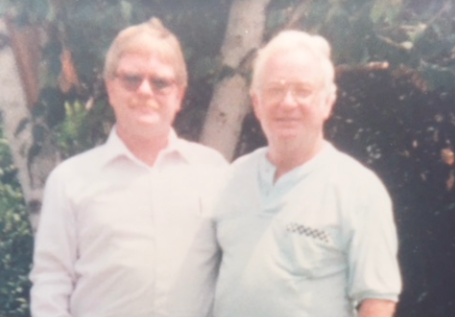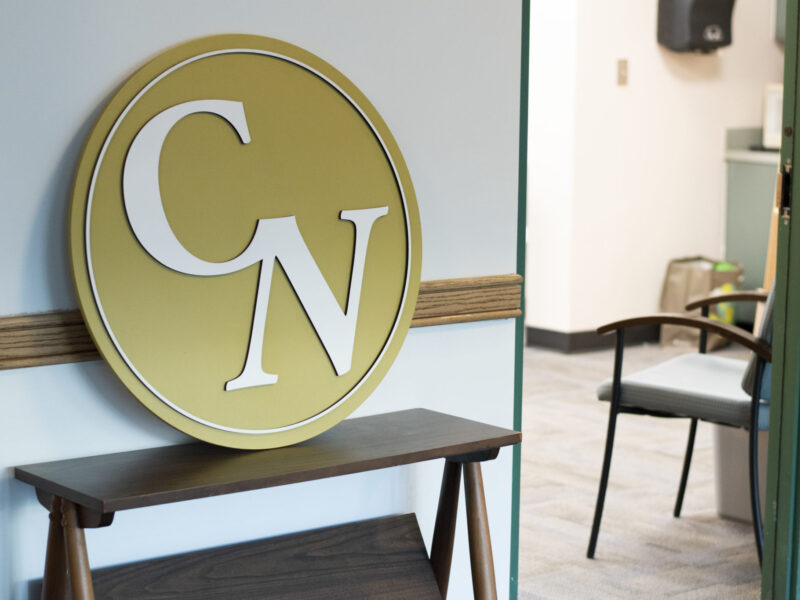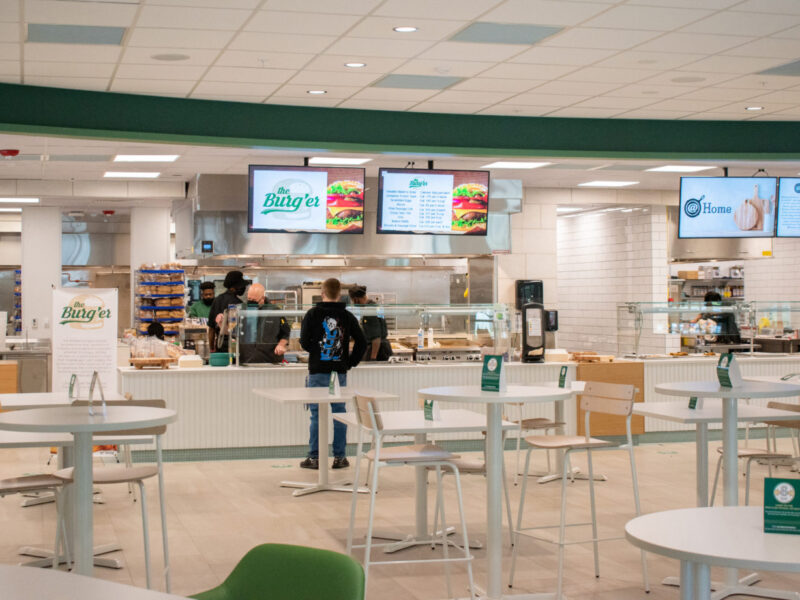By Delaney Brown
Martin Tadlock never knew his biological father.
Growing up, his mother and stepfather didn’t talk about him or his family. For a while, he would wonder about his father. But after years of silence, Tadlock gave up, figuring they had a good reason not to mention him.
So Tadlock grew up. He graduated high school, joined the Air Force and eventually graduated Utah State University in 1981.
Then, at age 33, Tadlock’s second son had kidney failure and needed a transplant. While recovering in the hospital, his biological father, Lee Chavis, appeared.
They were very much alike, not just in appearance, but in mannerisms, attitude and characteristics, he said.
“When I met my biological father, we instantly formed a bond,” Tadlock said. “We were so alike. I was always a passionate kid and during our conversation it was easy to pick up what he cared about.”
Through their conversation, Tadlock learned that Chavis had been keeping track of him since his parents’ divorce when he was just two-years-old.
Chavis learned about the surgery from Tadlock’s mother, and then traveled all the way from Florida to Ohio to see him.
The arrival of Tadlock’s father gave insight into his past he never had before. Not only did he get to know his father, but discovered that Lee Chavis was a member of the Pee Dee Indian Tribe.
‘Oh there’s a dozen; let me find you one’
From that moment on, Tadlock learned all about the Chavis family and their Lumbee English ancestry.
“It took about six months of looking through records online, and visiting archives in both Columbia and Raleigh South Carolina, but we finally found a death certificate from my great grandfather,” said Tadlock.
Not only did he find records, but discovered stories about his great grandfather. He married an English woman, Mary Sykes, and lived on the North Carolina and South Carolina border on the Little Pee Dee River south of Lumberton.
He learned that his great grandfather was a cotton field sharecropper who raised seven children and died suddenly at a family Christmas gathering.
But Tadlock wanted to learn more.
“A fire had destroyed a census from 1890 and with the Civil War, there were a lot of holes in the records. We thought we could maybe find more information about (my great grandfather’s) parents or children,” said Tadlock.
Tadlock and his wife found and visited his great grandparent’s grave in the Little Pee Dee Baptist Church near Clio, South Carolina.
Without knowing what else to do, Tadlock walked into the church, looking for someone who might know more about his family. He asked a woman if she knew anyone by the last name Chavis.
“Oh there’s a dozen; let me find you one,” she said.
A few minutes later, she came back with a man who Tadlock said “looked just like me only darker. It was like looking into a mirror.”
Tadlock learned that his ancestors lived a life much like his own. They all grew up poor, picking cotton and tobacco. They just tried to make a living, much like his mother, a bookkeeper and his stepfather, a prison guard.
In some ways, though, his ancestor’s experiences were anything but familiar. Under Andrew Jackson, many native tribes were forced to leave their homes.
“When I was looking at the genealogical ancestry I found stories about their lives from the time in which being a Native American was dangerous,” Tadlock said. “In order to avoid discrimination, some of my ancestors claimed they were white, others black. Yes, I grew up poor, but this gave me a greater appreciation of what life was like for marginalized members of society.”
This changed his life, his perspective and sense of self. Until he found out about his biological roots, his family history and ancestry he felt lost.
“I never really felt connected to the Tadlock line, although I grew up in that family,” he later wrote in an essay titled Valuing Diversity and Honoring Ancestry.
Tadlock joined the tribe and recalls sitting in the Pee Dee tribal office, as a woman helped him fill out a membership application.
“I feel so strange doing this because I look so white,” Tadlock said.
“I’ve seen people a lot whiter than you that are a part of this tribe; who you are inside matters more than the pigmentation of your skin,” she told him.
Joining the tribe became a huge part of who he is now.
“People would never guess (my heritage) by looking at me. It was a turning point in my life … I have a lot to be grateful for,” Tadlock said. “We are an accumulation of hundreds of years of ancestors. That’s why I think it’s important that people understand where they come from. It’s a part of who they are.”
Header photo courtesy of Martin Tadlock



